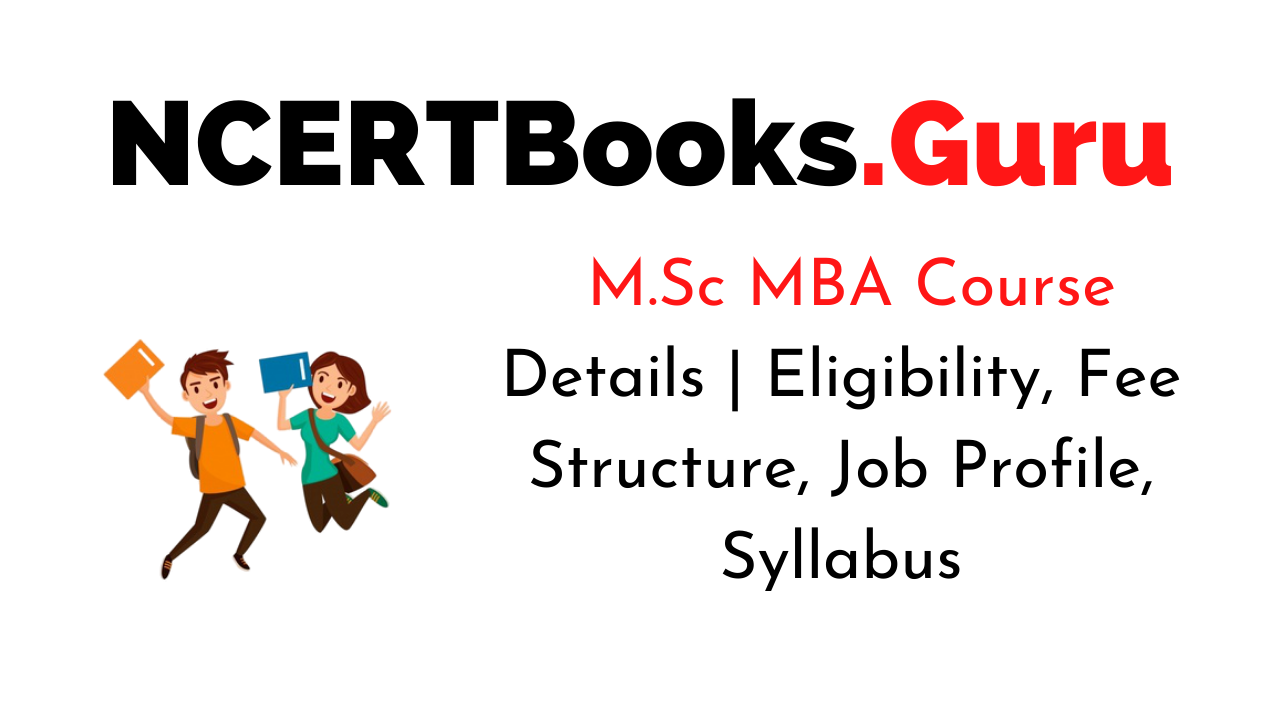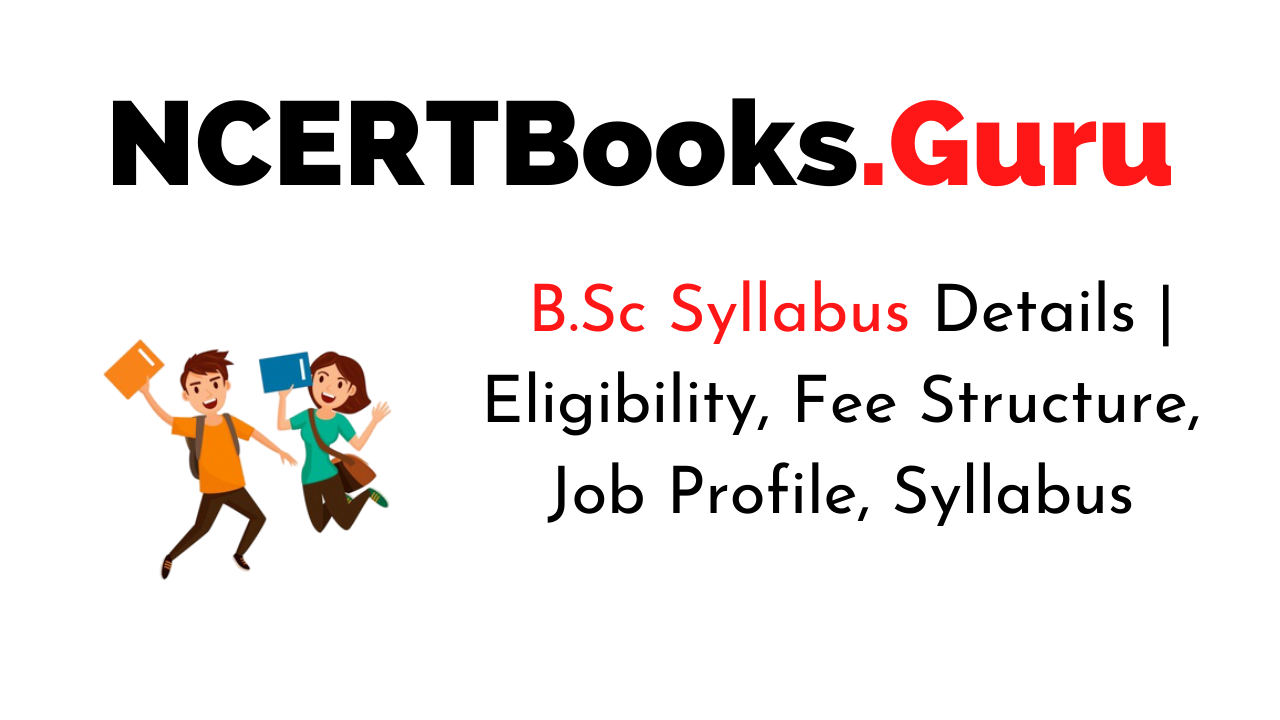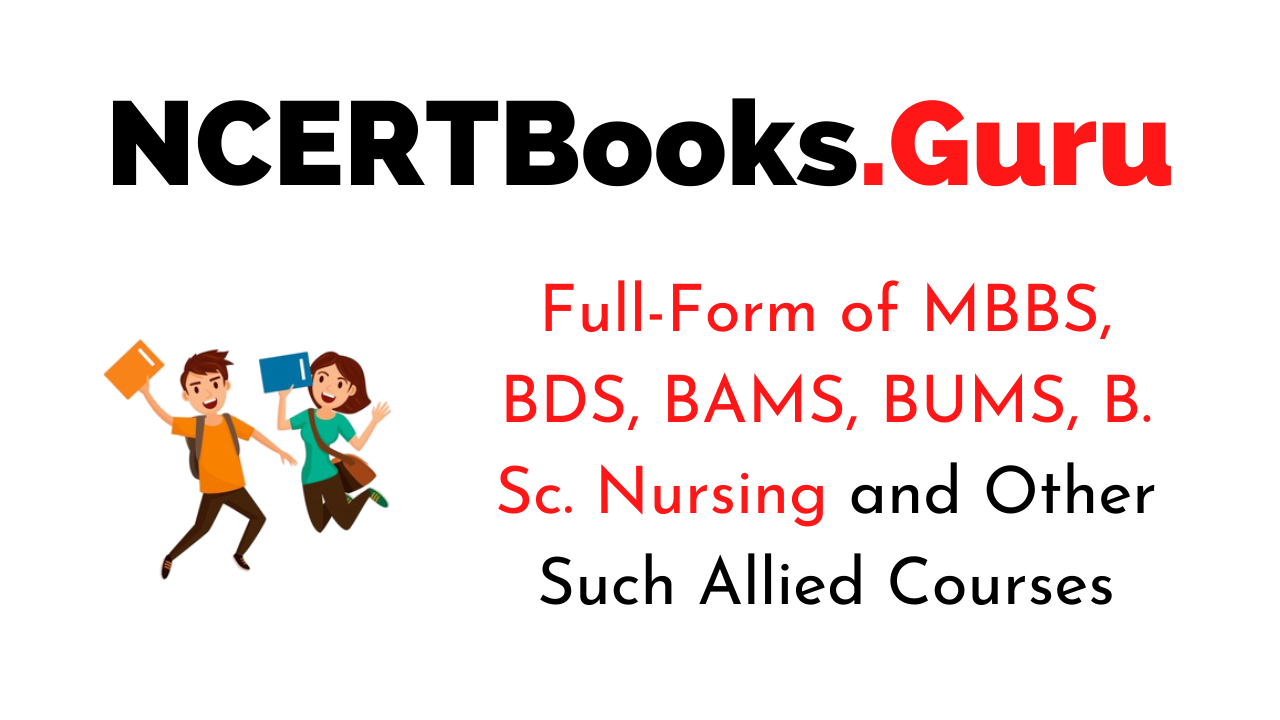PG Certificate Programme In Digital Marketing: Join and learn the Certification programme to make a difference in your career and life. The Post Graduate Certification Programme in Digital Marketing is formulated by encompassing web-based and mobile-based technologies to acquaint participants about digital marketing’s essentialities. The certification educates participants and aims to impart working knowledge in the Digital Marketing domain and develop a comprehension about the framework with the field of Marketing business and its domains.
The Post Graduate Certification Programme in Digital Marketing uses cutting-edge techniques, platforms, and communication into interactive dialogues among individuals, communities, and organisations to market products and procure beginners and apprehend the broad market.
Get to Know More about other types of Course Details in Stream wise, and Category wise.
The certification programme aims to educate the participants about the elementary aspects of the new Digital Marketing landscape and enable participants to apprehend the various tools and concepts that will aid organisations in transit to Digital Channels.
The PG Certificate programme in Digital Marketing focuses on developing and designing aspects of a digital offering, enhancing customer engagement through e-CRM, and the attainment of proficiency in social advertising.
PG Certificate Programme in Digital Marketing Course Highlights
| Particulars | Details |
| Name of Course | Post Graduate Certification Programme in Digital Marketing |
| Course Level | Certification Level |
| Course Duration | Post Graduate Certification Programme in Digital Marketing is five Months. |
| Eligibility |
|
| Fee Structure |
|
| Admission Process | Post Graduate Certification Program in Digital Marketing is based on the eligibility criteria and mode of learning. |
Learning Outcomes of PG Certificate Programme In Digital Marketing
Develop a holistic approach | facilitate social media marketing| Build Digital Landscape| Support for Career
PG certificate programme in Digital Marketing furnishes optimal skill sets. Graduates acquire competence in SEO, Social Media and Content Marketing, SEM, Marketing Analysis, and Branding.
Graduates also hold an added advantage as they acquire and excel in the following skill sets:
- Bridge the critical aspects of marketing to today’s online portals and channels.
- Elementary knowledge on the digital landscape and construct a case to leverage online portals and channels.
- Develop a holistic approach to various essential techniques and channels, facilitate social media marketing, search marketing, display protocols, mobile, and video marketing protocols.
- Generate online brand building initiatives that create a viable platform.
- Elementary knowledge on how to generate useful landing pages.
- Use of the Principle of Conversion Rate Optimisation to acquire more conversions profitably and beneficially.
- Elementary knowledge on the utilization of paid social media content generation in the form of the advertisement platforms on budding platforms like Twitter, Facebook, LinkedIn, and Instagram.
- Elementary knowledge on the customisation of the audience reach and effective management of the finance and ROI of the online paid campaigns in the Google ecosystem.
- Elementary knowledge on the drive traffic, conversion, and engagement of the utilization of content marketing and inbound strategies
- Application of relevant concepts, theories, and tools to effectively execute measure and monitor an annual online marketing scheme.
- Use of analytics to operate actionable improvements.
Programme Offerings for PG Certificate Programme In Digital Marketing
Hands-on Experience| Flexible timings| In-Depth online discussions| Accessible from anywhere
The PG certificate programme in Digital Marketing offers scheduled classes at flexible timings for working professionals. It provides hands-on learning experience through projects, case studies, and simulations. Participants are provided with students-relationship managers for dedicated support, and during online and offline sessions, students will be greeted by tech support on chat and call for immediate support.
Participants will be offered sessions with peers and faculty for in-depth learning against isolated learning of recorded sessions. The course programme is accessible from any part of the country and at any time.
The certification programme starts on September 12, 2020.
PG Certificate Programme In Digital Marketing Eligibility Criteria
Aspirants are required to have an elementary knowledge of SEO, Social Media and Content Marketing, SEM, Marketing Analysis, and Branding.
Apart from that, the eligibility criterion for students to acquire a PG certificate programme in Digital Marketing is as follows:
- Indian Aspirants: Graduates must have completed their high school, higher secondary, and Bachelor’s (10+2+3) with a minimum aggregate from a recognized university (UGC/AICTE/DEC/AIU/StateGovernment) or equivalent in any discipline.
- International Aspirants: Graduates must have completed graduation or equivalent degree with a minimum aggregate from any recognized and well-established Institution or University in their respective country.
- Candidates must have proficiency in the English language. Spoken and written skills in the language are mandatory.
Besides students, working professionals are also eligible to apply for the PG certificate programme in Digital Marketing. Professionals such as:
- Digital Marketing Professionals: Professionals who belong to either generalist or specialist and are eager to reach the top echelons of digital marketing are eligible to enroll for this certification programme.
- Other Professionals: wanting to dive into the growing segment of digital marketing and enhance their skills and boost their career shift for eternal growth are eligible to enroll for this certification program.
- Entrepreneurs and Business Owners: wanting to leverage digital portals and channels and to expand and broaden the brand and pilot multiple paying customers profitably and sustainably.
PG Certificate Programme in Digital Marketing Course Curriculum
Structured Lectures and Live Sessions for Aspirants
The programme comprises of lectures structured around seven modules and monitors live sessions conducted by the faculty. The programme aims to facilitate one-on-one interactions to help learners resolve all their queries, as against isolated learning in recorded sessions. as follows:
Module I – Business, Marketing and E-marketing: Module- I fosters three primary parameters:
- What is digital marketing?
- Advantages of digital medium over other mediums in media
- Role of the digital medium in today’s marketing plan
Module II: Search Marketing: Module- II fosters six primary parameters:
- Fundamentals of search marketing inclusive of organic and paid search results
- An overview of the Google AdWords
- Keyword analysis and research
- Tracking of the success of SEM
- Techniques in Search Engine Optimization
- On-page and Off-page optimization
Module III: Social Media Marketing: Module- III fosters four primary parameters:
- Marketing different social media channels
- Marketing social media for various businesses at both B2C and B2B level
- Measuring social media ROI
- Content marketing inclusive of storytelling in social media
Module IV: Email Marketing: Module- IV fosters two primary parameters:
- The Fundamentals of email marketing
- The concept of A/B testing and its utilization in email marketing
Module V: Display Marketing: Module- V fosters three primary parameters:
- Different kinds of display marketing
- The display marketing ecosystem
- Retargeting & dynamic retargeting
Module VI: Mobile Marketing: Module- VI fosters two primary parameters:
- Different kinds of mobile marketing
- The mobile marketing ecosystem
Module VII: Web Analytics: Module- VII fosters three primary parameters:
- Digital measurement landscape
- Introduction to Google Analytics
- Interpretation of the data in Google Analytics
Besides, aspirants will also be provided with a minimum of three additional tutorial classes in between modules throughout the entire certification course programme. The tutorial schedule will be updated along with the certification course plan. The primary objective is to reach and take stock of the progression of the learnings. The tutorials also focus on imparting the inter-module dynamics of digital marketing channels.
Scholarship Details for PG Certificate Programme in Digital Marketing
No relevant information found for this section in content.
Admission Details for PG Certificate Programme in Digital Marketing
The admission process for the PG certificate programme in Digital Marketing occurs in a four-step process- Registration, Program Application, Interview, and Scholarship and Offer Letter.
- Step 1 – Registration Process: Participants must share a few of your details through a concise form available on the college/institution’s website.
- Step 2 – Program Application: In this step, candidates must provide a detailed yet straightforward form about the experience and academic qualifications.
- Step 3 – Interview: Participants will undergo a telephonic interview with an industry expert who will gauge about passion and eligibility for the programme. The candidate must pick an interview date according to convenience. A small, refundable interview booking fee of Rs. 1,000 is charged.
- Step 4 – Scholarship and Offer Letter: Interested candidates should apply for a scholarship. However, this process is not mandatory. Students are required to take up the test after the scholarship process. Once all formalities are completed, participants will receive an offer letter to join the PG certificate programme in Digital Marketing programme if selected for the course programme.
PG Certificate Programme in Digital Marketing Application Form Details
All applications for a PG certificate programme in Digital Marketing programme must be made through an Online Application Form.
The mode of payment is both online and offline. The online payment is done through Debit card/Credit. However, candidates must ensure that the Credit Card/Debit Card is with them at the time of filling out the Application Form.
Suppose participants have opted to pay the Application Fee or Installments of the Fee through Demand Draft or Pay Orders. In that case, the participants must ensure that the Demand Draft or pay Orders for the applicable amount is made favouring “Arrina Education Services Private Limited” payable at Mumbai.
The DD or PO must be sent to the institution’s address along with the downloaded copy of the Application Form. Candidates must ensure to write details such as- Name, Course Name and Contact number at the back of the DD or PO.
All DD or PO along with a downloaded copy of the Application Form must be sent to the following address:
Student Relationship Manager,
TALENTEDGE,
21, Institutional Area, Sector 32,
Gurgaon 122003, Haryana, INDIA.
PG Certificate Programme in Digital Marketing Fee Structure
- For Indian Residents: Fee structure is Rs. 70,000+ GST*
- For International Students: Fee structure is USD: 1600.
Installment Schedule
The fee structure for the PG certificate programme in Digital Marketing programme fee is payable in instalments as per the installment schedule as follows:
- First Installment: Rs. 30,000 + GST*/USD 650
- Second Installment: Rs. 15,000 + GST*/USD 400
- Third Installment: Rs. 25,000 + GST*/USD 550
Regarding Late Fee and Cancellation
The programme fee is payable in the form of installments as per the installment schedule mentioned above. In the event of late payment of Instalment one or any other subsequent Instalments, students will be levied with a Late Fee as follows.
- A Late fee of Rs.1000 plus tax will be levied upon the Participant if the installment fee is paid with seven days from the due date updated on the installment schedule.
- A Late fee of Rs.2500 plus tax will be levied upon the Participant if the installment fee is paid between eight days from the due date to within 14 days from the due date updated on the installment schedule.
- If the Fee Instalment is not received within 14 days from the due date, then the Participant shall be considered as a dropout, and a Rejoining Fee of Rs.5000 plus tax will be levied upon the Participant. If the participant wishes to continue and complete the programme, then he/she must abide by the programme guidelines for rejoining the programme.
Benefits of PG Certificate Programme in Digital Marketing
Students opting for a PG certificate programme in Digital Marketing are adorned with various programme benefits:
- Students will acquire a PG Certificate without the need to quit their current job.
- Participants will hold an alumni status from the Institution.
- Students will undergo hands-on experience with the latest Digital Marketing tools such as Google Analytics, Facebook Ads, BuzzSumo, Woorank and more.
- Students will receive a certificate from the institution and Facebook or any other social media networking site.
- Provides flexible anytime learning: where all lectures are pre-recorded and updated into the learning platform. The lectures are accessible to all students, anytime, from any device.
- The course programme provides one-on-one mentorship tracks for both students and professionals interested in pursuing the certification programme.
- The certification programme provides career support where the portal shares student profiles with their allied Industry Partners regarding performance in the programme for career opportunities in the Digital Marketing field.
- Participants experience hiring opportunities from corporates like Microsoft, Uber, PwC, Genpact, and more.
- The course programme offers no Cost EMI programme.
- Virtual classrooms allow for active interactions with professors and fellow students and that offer convenient weekend schedules.
- Experience a deeper understanding of the what, why, and how of leveraging various digital marketing channels and portals.
Who is Applicable for This Course Programme?
The PG certificate programme in Digital Marketing programme is applicable for students, freshers, brand and communication managers, entrepreneurs, sales professionals, and traditional managers. The subject of digital marketing is relevant in several fields like marketing, retail, law, health, automobile. Training and education, entertainment, real estate, food, and fashion industry.
FAQ’s on PG Certificate Programme in Digital Marketing
Question 1.
How is the PG certificate programme in Digital Marketing different from other programmes?
Answer:
PG certificate programme in Digital Marketing is a combination of a core programme and specialisation in Digital Marketing. This certification programme involves rigorous training in all aspects of digital marketing and any specialisation of the participant’s choice. The programme provides ten case studies based on actual marketing campaigns, and these case studies are delivered online by experts from leading companies
Question 2.
How do I differentiate this program’s curriculum over others?
Answer:
The programme curriculum does not only involve a deep dive into various marketing mediums, but it aims to educate participants on how to:
- Strategise Communication and Digital Marketing campaigns
- Develop brands and platforms that customers can connect with within the digital world
- Identify and devise a plan on the use of relevant digital mediums.
- Budget and allocate financial and human resources across mediums.
Question 3.
How long is the course duration for the PG certificate programme in Digital Marketing?
Answer:
This certification programme will require seven to nine hours (approx.) of engagement per week, which is flexible, for the duration of a five months programme. The PG certificate programme in Digital Marketing offers 50 hours of virtual content with 2.5 hours (approx.) per week. The course content is broken into small and easy-to-complete segments. The remaining hours of engagement consist of a mix of mentoring sessions, industry projects, online and offline meetups, and live instructor sessions.
Question 4.
Can Digital Marketing PG certification from any city?
Answer:
The PG certificate programme in Digital Marketing trains aspiring professionals and students from across cities, such as New Delhi, Bengaluru, Gurugram, Mumbai, Pune, Chennai, Noida, Hyderabad, and many more.
The mode of delivery is online, and the course also provides networking sessions and student meet-ups organised in major cities every three months.
Question 5.
How do the real industry projects offered by the PG certificate programme in Digital Marketing help me?
Answer:
PG certificate programme in Digital Marketing offers a strong experiential component that prepares participants to apply the learnings in the job. The cases and industry projects help participants experience real-life challenges in marketing and offer leading Digital Marketers at agencies and companies.
Post this programme, you will be embraced with a portfolio of projects that you can illustrate to your potential employers.
Best stock markets today: banknifty pivot point.




